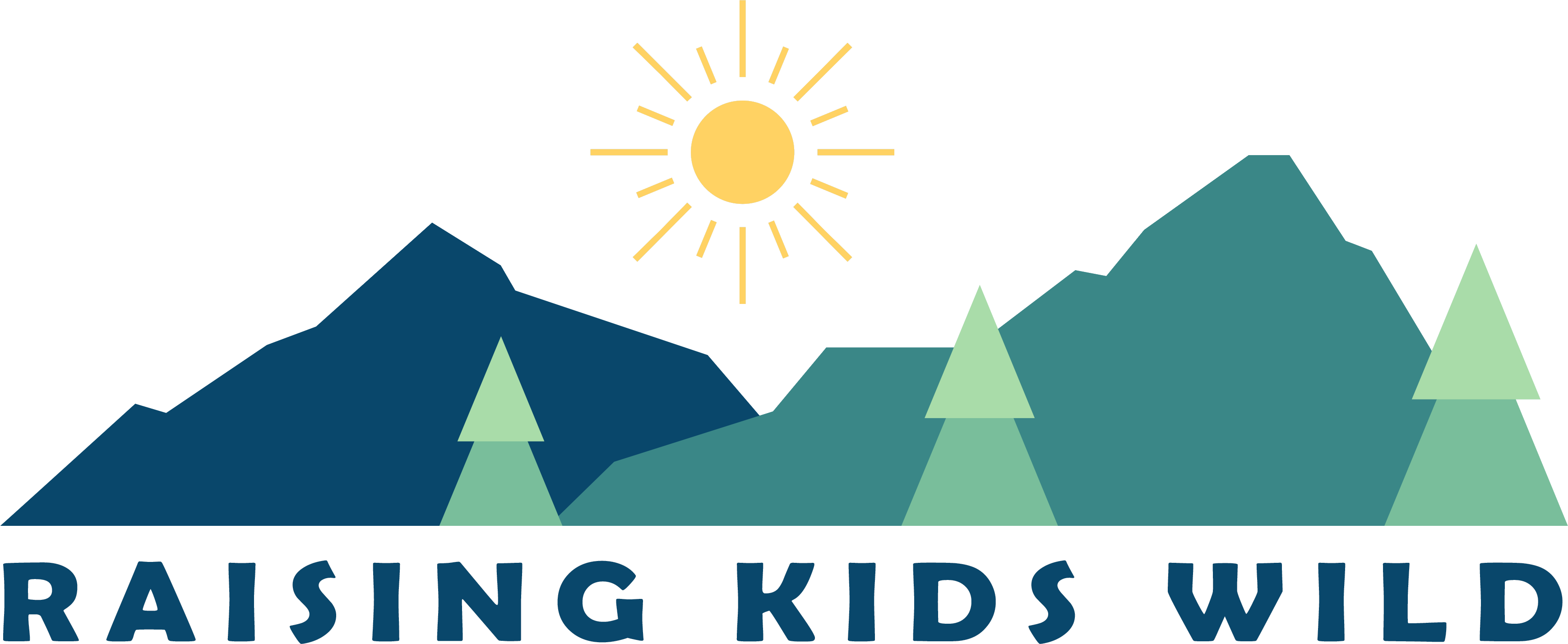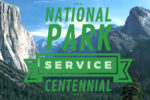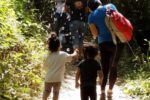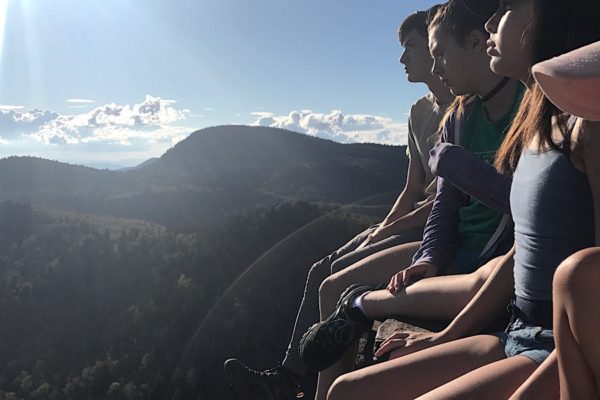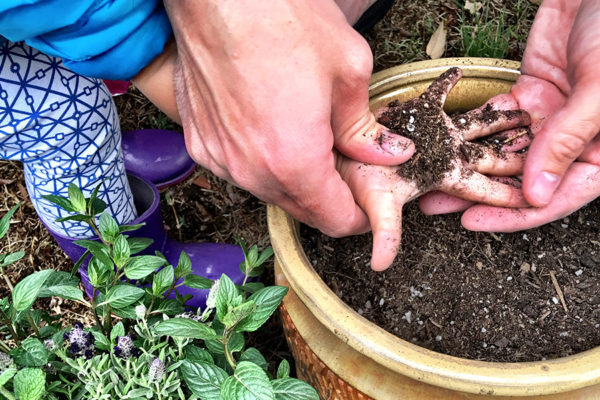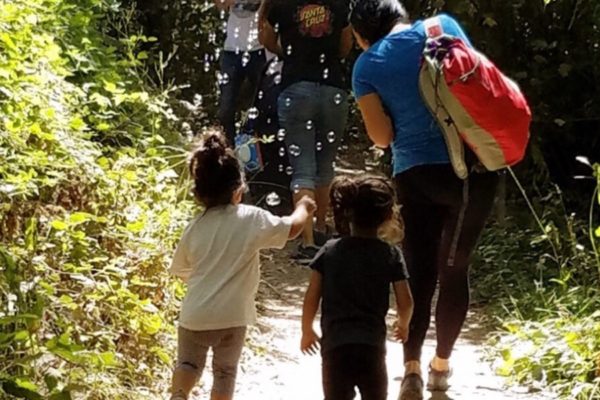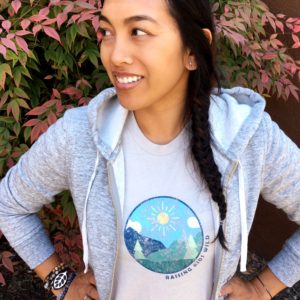“Nature Play–Take Childhood Back” Film Review: What American Kids Are Deprived Of
I was recently invited to view, “Nature Play–Take Childhood Back” and while I’ve followed the film on Social Media and saw the preview of it, I didn’t know what to expect. 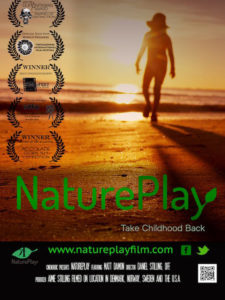
The film goes through the culture of “Udeskole” or the Nordic way of teaching and learning in nature. Picture this comparison between the two countries: On the top–an empty, cement playground devoid of children, and at the bottom–a thriving outdoor landscape, lush with vegetation, full of children playing. Taking in this visual is what made me realize one thing: We are failing our kids in the education realm when it comes to nature-based learning.
Time outdoors
In Kindergarten, children in Denmark are outside in all seasons and 40-60% of the time they attend school. In my head as I was watching this, I had to replay that part. In the US on average, kids get 25 minutes for recess but in a lot of places they get none at all. Being a part of an outdoors family, this shook me up a bit. While we spend a lot of time participating in outdoor activities, seeing the discrepancy between Scandinavian culture and American culture through the school system was alarming.
“Teachers are feeling stressed…recess is being taken away to make more time for tests. 40% of a students school year is to practice so one day their whole future is determined by a 2-hour test.”
Kids take naps outside in Denmark, canopied with mosquito nets and warm blankets nestled within carriages. I have never heard of nap time given outside in any American school. Have old wives tales really taken over our human nature?
Rules vs Responsibilities
“Rules are rigid, common sense is better. The only rule we really go by is to be nice to everyone.”
Instead of rules, children are asked to go by agreements and contracts for any responsibilities like taking care of rabbits or tending to the chickens. I love the idea of this. Holding kids accountable to rules can be so stressful and it’s not like there aren’t any consequences if the agreements are not met–most of the time, the responsibility is given to someone else who can honor it.
Self sufficiency & Survival
Children are often given knives as early as 3 years old. *Gasp. But honestly, when you think about it, if they’re learning how to learn to use a knife as a tool, there should be no fear about getting hurt. Other things Scandinavian children learn when they’re young is fishing, starting a fire, and using tools. With fishing, instructors show kids how to string a lure to catching and cleaning fish outside. While learning a skill like fishing takes time, they believe it’s the hands-on experience of finding the equipment, taking it outside, and putting it away, that helps them retain what they are learning, better. Cooking in the outdoors is also a skill that hones in on survival techniques that they may one day use in their life as an adult.
Group learning outdoors
One of the themes I saw in the different nature-based schools featured is the concept of group learning outside. Kids are given opportunities to use materials and in a group learning setting as a way to learn subjects such as biology, science, and spelling. No matter the subject, kids are taught in an outdoor environment (with supervision) but with the assumption that their group mates will be a part of the learning experience. In Norway, kids explore more, do more, and experience more. The different environments range from playgrounds, to gardens, to mountains which allows children and older kids to interact with all of their senses-this in turn enriches the learning process.
Outweighing risk with independence
It dawned on me halfway through the film that all the children were either barefoot, dirty, wet, or had on outdoor gear. That was refreshing to see. How liberating as a child that must feel–here in the states, it’s part of our culture to chastise our kids if they aren’t wearing shoes or tell them to pout a coat on if it’s cold. I am guilty of this.
“When we’re not scared, they aren’t.”
Kids may ask for help but instructors don’t help them unless they absolutely need to. They challenge them a bit more before coming to their rescue. By doing this, they believe they learn to be independent and not dependent on adults to help them all the time.
I know America is not nearly as close as we need to be in incorporating nature-based play time into schools. But seeing this film has made me more aware of the underlying issues and that as a parent, we need to be our kids’ voices. We should continue asking the hard questions about testing for our kids. We should be open about how to add in more time outdoors. For us, taking our kids outdoors on a daily basis whether it be for free-play, hikes, or gardening, is necessary to balance out the strenuous school schedules they endure. Our next goal? To create a “nature break area” for when they need a space to escape to during their homework time.
You can see a preview of the film, “Nature Play–Take Childhood Back”, below. Join them HERE for a Back to School Global COMMUNITY SCREENINGS LAUNCH and host a screening in your community to spark change! Be sure to follow them on Facebook and Twitter for updates.
